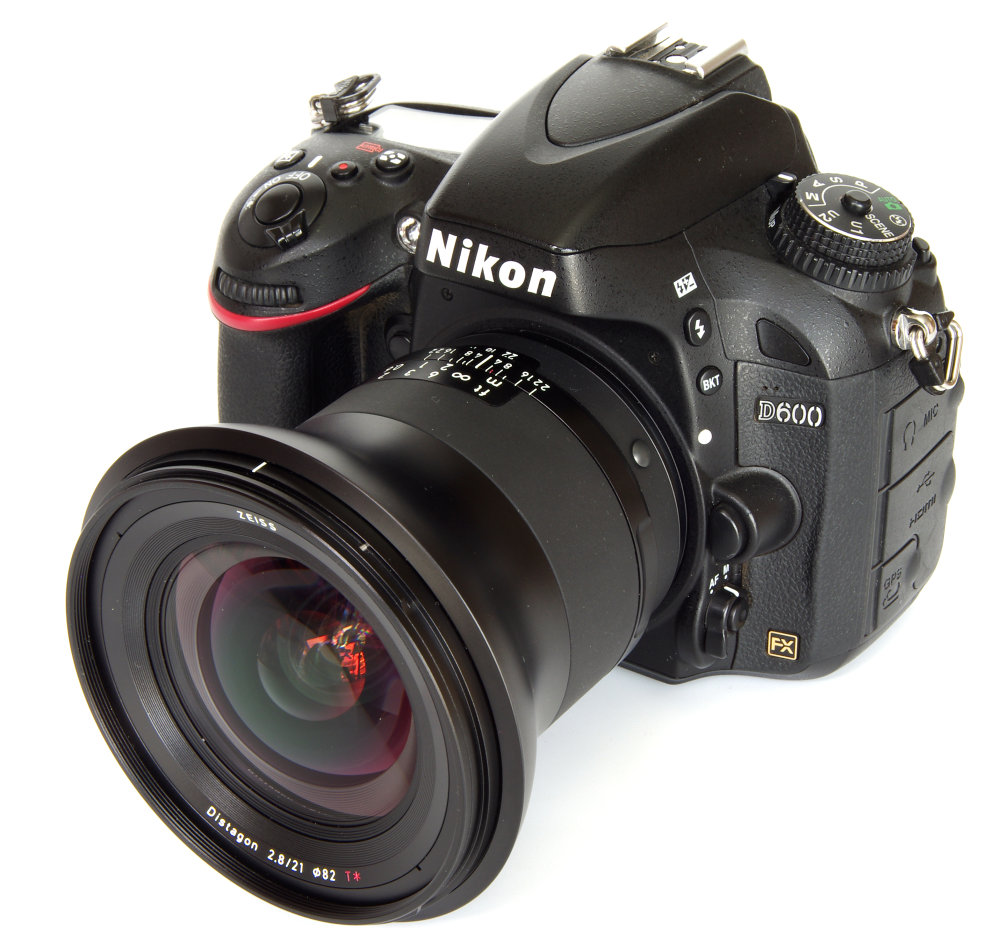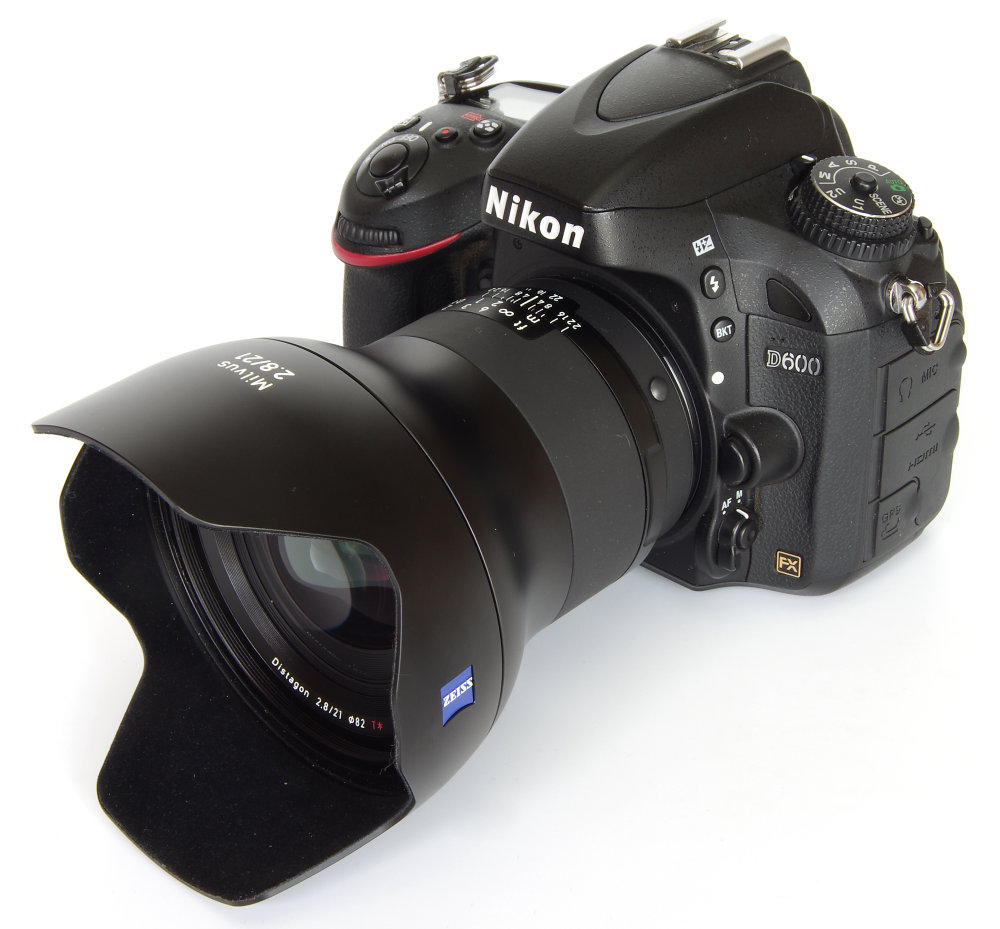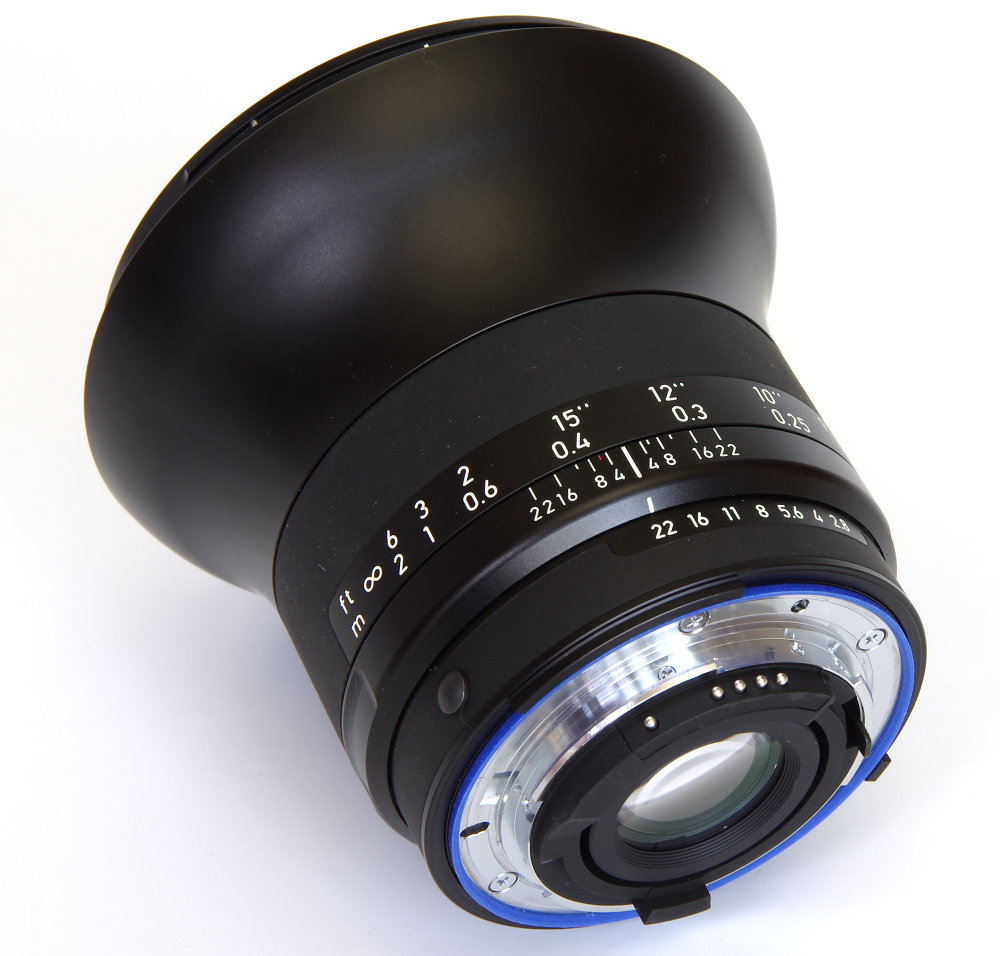Zeiss Milvus 21mm f/2.8 Lens Review
Zeiss Milvus 21mm f/2.8 Handling and Features
The Milvus 21mm f/2.8 is a Distagon-based design. It has 16 elements in 13 groups, four of which are Anomalous Partial Dispersion glass. The elements are a floating design, meaning that they move relative to each other as we focus, thus maintaining performance at all distances. The Zeiss website bills the 21mm as “Master of Horizons”, which suggests to me that this ultra-wide is aimed at landscape photographers in particular, with sweeping vistas firmly in mind. Obviously there is also considerable potential as an architectural and as a street lens.
The lens is weather sealed, manual focus only, has a 9 blade diaphragm and an 82mm filter thread. It weighs 735g in Nikon version and 851g in Canon. Focusing is down to 1.22m (0.72 feet) which is about what we would expect from a lens of this focal length.
The diaphragm can be controlled via the aperture ring, which is click stopped. The Nikon version has a small screw on the back of the lens that can be turned to de-click the ring for video applications. The lens can control the aperture in the traditional way, or if set on f/22 this control can be passed to the camera body.
Both aperture ring and focusing ring turn in the correct direction for Nikon cameras, a useful point if the lens is to be used alongside any Nikon manual focus optics. The Canon version operates correctly in the reverse direction. The focusing is ultra smooth, with a fairly long throw of 124 degrees, which aids accuracy. On the Nikon D600 used for this review manual focus was very easy, not always the case with modern AF focusing screens. 21mm is definitely ultra-wide and as a result there is quite a bit of depth of field. The depth of field scale on the lens is a very useful aid, at one time to be found on virtually all lenses. Also marked is the infra-red correction mark, used to compensate for the focus shift in the infra-red region of the spectrum.
Flare could always be a potential issue with ultra-wide lenses and Zeiss provide a beautifully made bayonet lens hood, always an excellent idea to be used all the time. Not only will this reduce the risk of stray light hitting the lens, but it also forms a useful defence against impact. This clicks into place with the usual Zeiss precision and is another reflection of the high quality of workmanship that clearly has gone into the manufacture of this lens.
Add your message
Please login here or if you've not registered, you can register here. Registering is safe, quick and free.
photodo Stats
428 MTF tests
74 in-depth photodo reviews
100+ users join each day
Help the lens community by reviewing or rating a lens today via our lens search
Latest Lens Reviews
- Chinon 28mm f/2.8 Vintage Lens Review
- Canon EF 70-200mm f/4L IS II USM Lens Review
- Samyang AF 85mm f/1.4 EF Review
- Sigma 70mm f/2.8 DG Macro Art Review
- Samyang AF 24mm f/2.8 FE Review
- Meike 50mm f/1.7 Review
- Tamron 70-210mm f/4 Di VC USD Review
- Lensbaby Burnside 35mm f/2.8 Review
- Asahi Super Takumar 50mm f/1.4 Review
- Asahi Super-Multi-Coated Takumar 135mm f/3.5 Review



